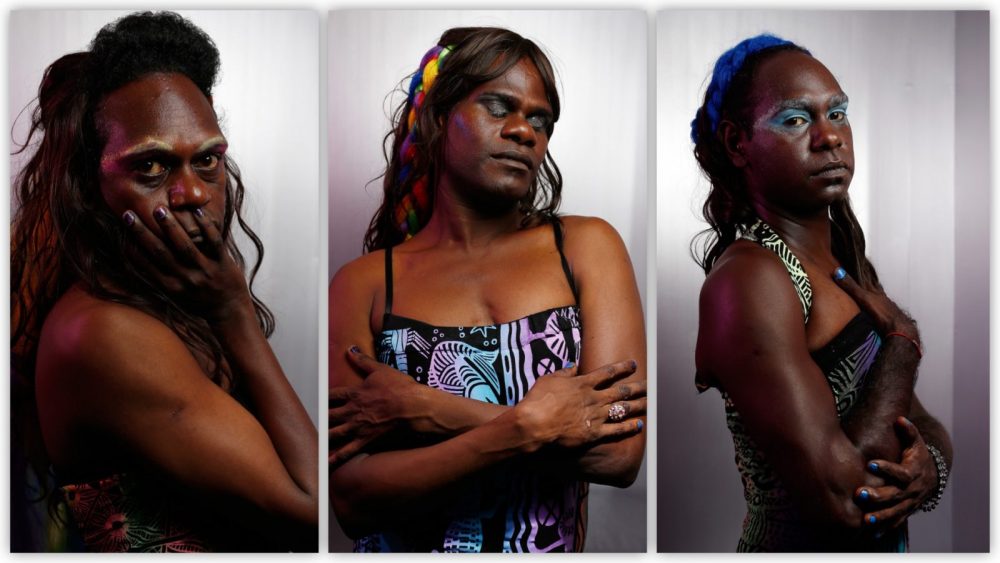Trans women of colour living in Australia are more likely than other women to report having been assaulted by a stranger.
Research published today by Australia’s National Research Organisation for Women’s Safety (ANROWS) shows that these women are subject to pervasive violence both outside and inside the home, from verbal violence—such as catcalling—to assaults.
The report shows that, as a result, there are very few places where trans women of colour are safe from abuse.
These are the findings of research led by Professor Jane Ussher at Western Sydney University, titled Crossing the line: Lived experience of sexual violence among trans women of colour from culturally and linguistically diverse (CALD) backgrounds in Australia.
Responding to testimony from the #MeToo movement—the social justice campaign that empowers women to voice experiences of sexual violence—this research explores trans women’s lived experiences of sexual violence, which are often overlooked in national statistics or research on sexual violence against women.
Trans women of colour face discrimination and violence on the basis of the intersection of their gender and racial identities and, for some, their sexual identities as queer women. The research shows that this often extends to trans women receiving negative responses from services that should be available to support them following experiences of violence. The report also highlights the lack of services available to these women, and makes recommendations for how service provision might be improved.
[I] cannot access women’s sexual assault services because I’m transgender. And the other straight women will be afraid that I’m a perpetrator. (Fiona, study participant)
Using a large comparative survey, the research situates trans women of colour’s lived experience of sexual violence within the range of sexual violence experienced by other women, including lesbian, bisexual and queer women, and heterosexual women.
Trans women of colour were found to be twice as likely as other groups of women to report having been sexually assaulted ten or more times. The majority of women who reported sexual assault had experienced it more than once.
The report shows that the experiences and needs of trans women in relation to sexual violence remain poorly understood by many healthcare providers, legislators, police and policymakers. The experiences and needs of trans women of colour are the least understood.
“This research demonstrates that the absence of culturally competent information and knowledge about transgender experience, accompanied by misinformation, can lead to stigma, prejudice and discrimination,” said ANROWS CEO Dr Heather Nancarrow. “This results in unmet health and justice needs for trans women.”
“There is a clear need for community-wide activities that challenge attitudes condoning sexual violence against women. This means we must ensure that our words, policies and practice guidelines promote respect for gender, sexuality and cultural diversity. We must demonstrate zero tolerance of sexual violence against any woman.”
